Native Fish Ecology and Conservation
Illustrations by Joe Tomelleri 
The Colorado River, the largest river system in the southwestern United States, runs 278 miles through Grand Canyon National Park. The river once hosted one of the most distinctive fish assemblages in North America. The wild Colorado River presented fish with a challenging and variable aquatic habitat: very large spring floods, near-freezing winter temperatures, warm summer temperatures, and a heavy load of sand and silt. 
Grand Canyon National Park, through the Grand Canyon’s Native Fish Ecology and Conservation (NFEC) program, and its cooperators, are engaged in a multi-faceted program to restore native fish communities in Grand Canyon. Grand Canyon’s NFEC activities are guided by its Comprehensive Fisheries Management Plan, completed in 2013 with Glen Canyon National Recreation Area, and with coordination and consultation with biologists from the Arizona Game and Fish Department, U.S. Geological Survey, U.S. Bureau of Reclamation, and the U.S. Fish and Wildlife Service. National Park Service Management Policies require that native species and natural ecosystems are preserved, and that recovery actions are taken when park resources have been damaged or compromised. Furthermore, a variety of laws, including the Endangered Species Act, require the protection of threatened and rare species. 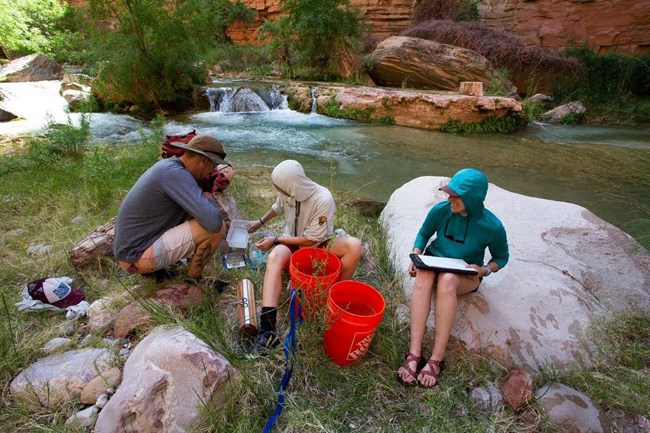
This program includes translocating humpback chub from the Little Colorado River source population to Shinumo, Havasu and Bright Angel creeks, Grand Canyon tributaries that may provide suitable habitat for the species. 
Biologists with the NFEC program are removing invasive trout and other invasive fishes in an effort to minimize threats of predation and restore native fishes and habitat in larger perennial tributaries. The NPS and its cooperators are also monitoring the current status of endangered razorback sucker in Grand Canyon, and considering potential management actions that may be necessary to conserve the species. Area resource management agencies are also in the initial stages of assessing the feasibility of reestablishing endangered Colorado pikeminnow in Grand Canyon for recovery purposes. Grand Canyon's native fishes are an integral and unique part of the canyon's natural ecosystems. Robust populations of native fishes are important indicators of an aquatic system's overall health. Restoring native fishes to the extent possible in the Colorado River and its tributaries in Grand Canyon is essential to maintaining and enhancing the ecological integrity of the Colorado River ecosystem. Learn More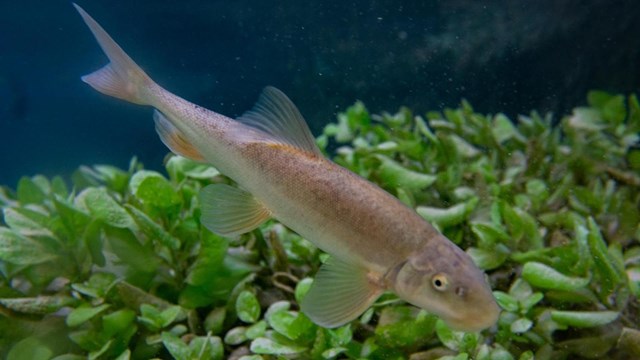
Grand Canyon's Native Fishes
Grand Canyon has a very distinctive collection of native fish. All eight native species belong to only two families: minnows and suckers. 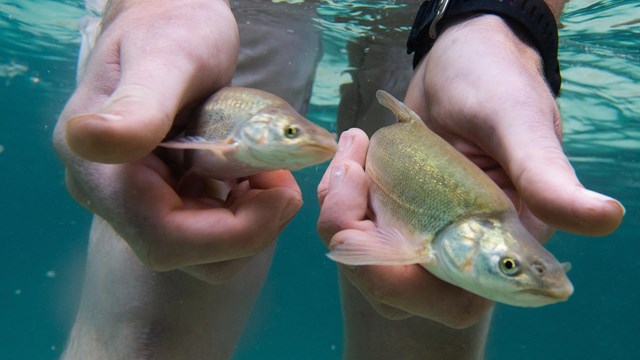
Tributary Translocations
In 2009, the NPS began a project to translocate juvenile humpback chub from the Little Colorado River to other Grand Canyon tributaries. 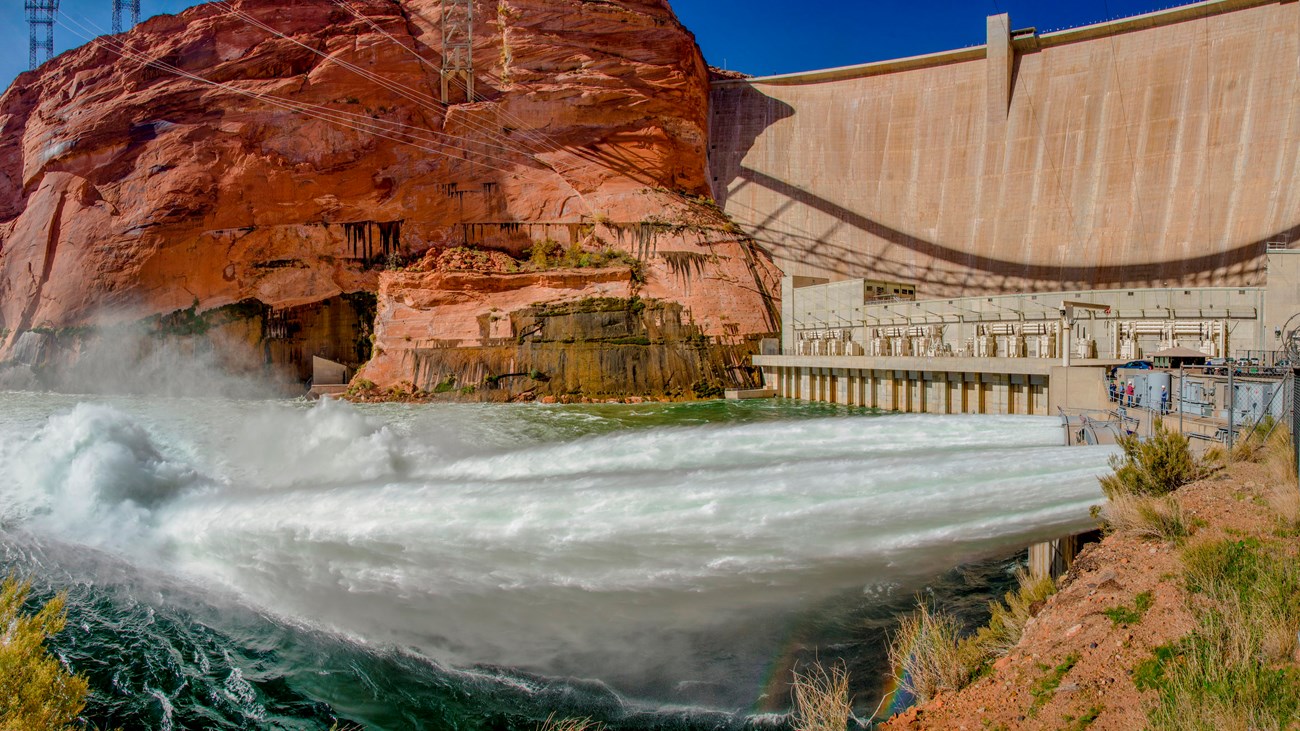
Addressing Challenges to Native Fishes
Human-caused changes to the Colorado River in Grand Canyon have caused serious declines in the park's native fish populations. 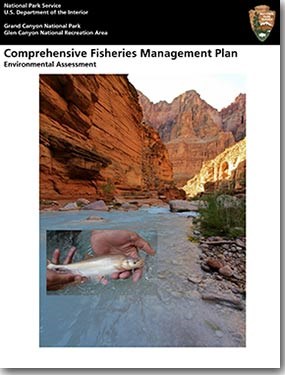
|
Last updated: July 17, 2024
